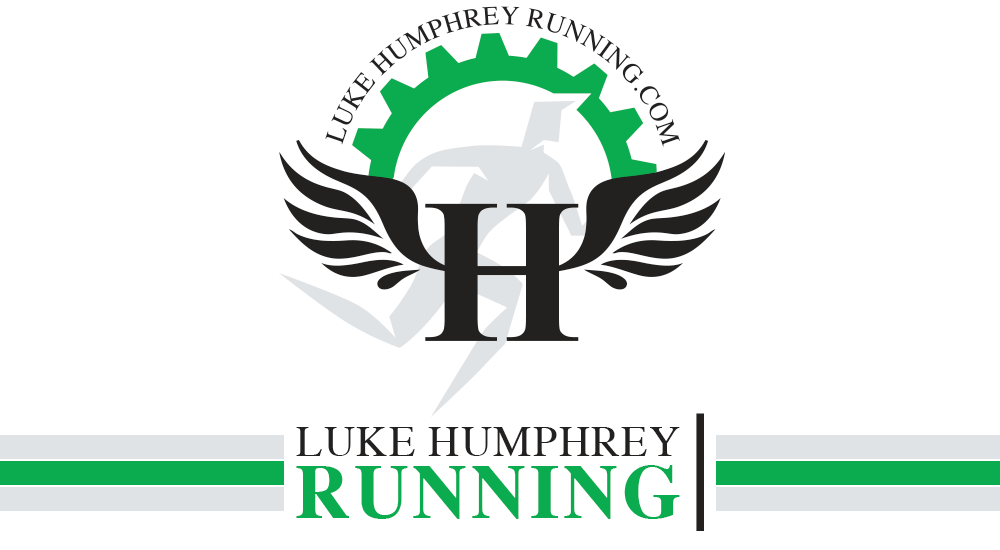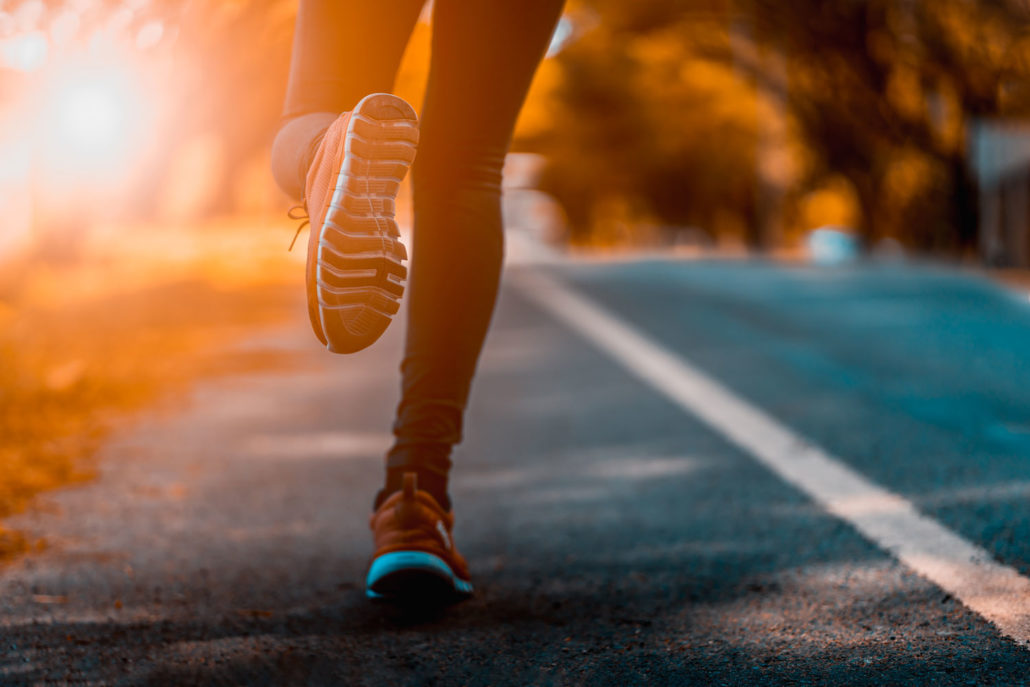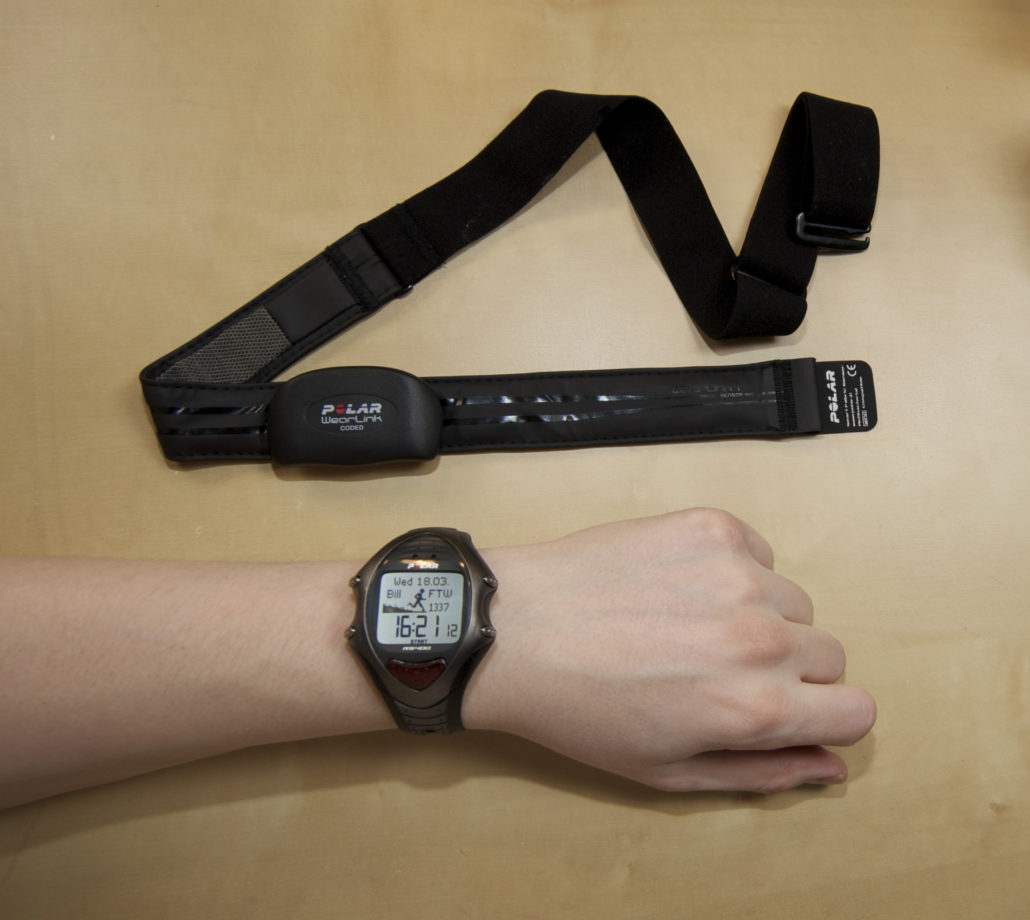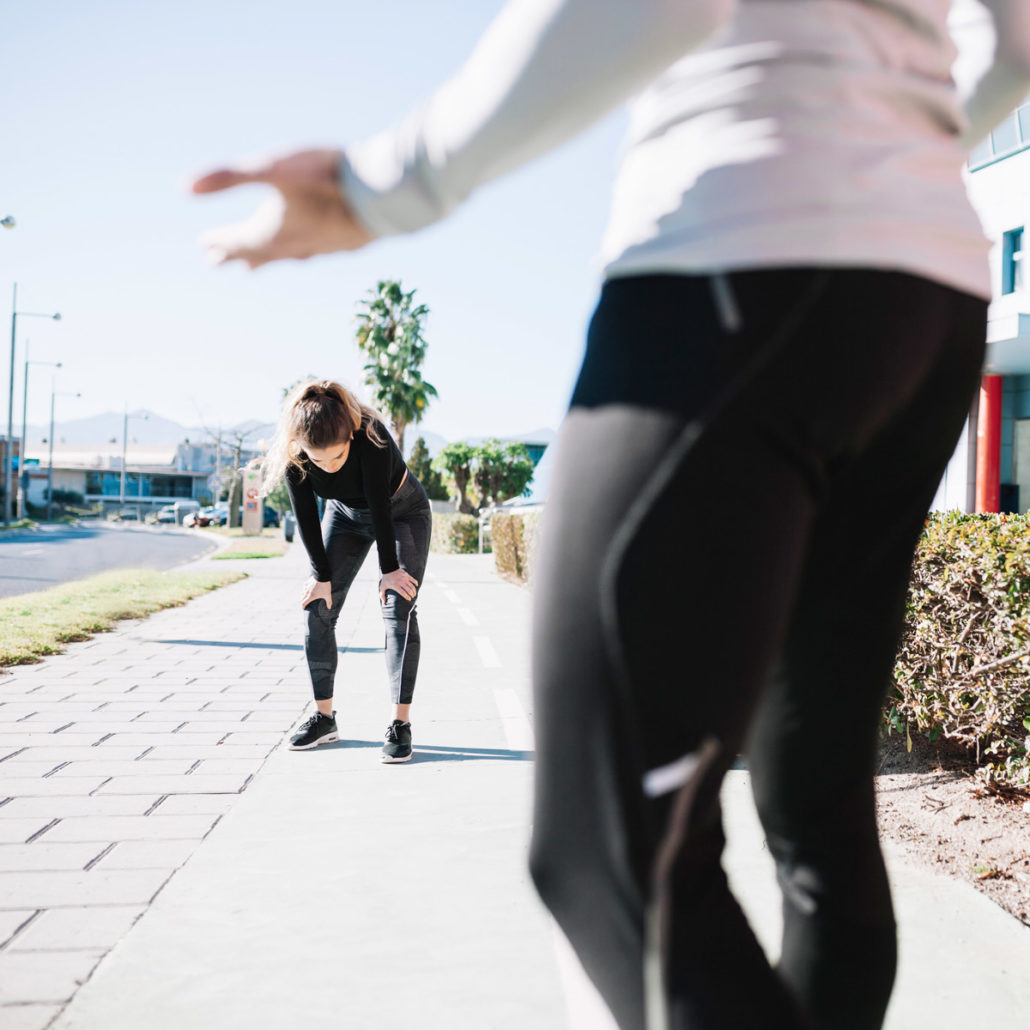Becoming a better pacer

Podcast: Play in new window | Download
Podcast (membersonly): Play in new window | Download
Every coach I had, from high school to professional was a stickler for pace. That’s not to say that we weren’t monitoring other variables, but the pace was what we focused on. It’s safe to say that over the years, I became pretty good at judging effort and correlating that closely to paces. To say it’s a skill is an understatement, and from the feedback I get from athletes, is that it’s not a skill that can be learned quickly enough. So, hopefully, we can get you on the right path if you find yourself struggling.
The biggest issues I see with runners are:
- Looking at their watch all the time!
- Overcorrect
- Rely on all the data except how it feels
What you will see, is a runner takes off, looks at their watch and it’s too fast (or too slow) and overcorrected. They then look after another 20-30 seconds and it becomes a game of too fast and too slow, but never settling into the rhythm of the night. Oops, I mean the rhythm of the pace. What else I will see is a runner has to be exact on the pace. So, if their tempo says 6 miles at 8:00 pace, then dangit, they are going to hit 8:00 pace! The problem ultimately goes back to whether they have a hard time finding the rhythm or just finding themselves aiming for perfection in an unperfect world. The third thing I will see is that the runner tries to absorb and react to all the data at once. I don’t see it a lot with power. I feel like those who run with power, just look at that. However, if they are using heart rate and pace, it can create issues. Ultimately, what happens in some capacity is that the runner can’t find the right rhythm, over-corrects, and something hidden in what we are saying, they forget to correlate how they are feeling into the equation. Does any of this sound like you? I don’t want to make it sound like it’s not a big deal to fix this, but there are things we can do that, over time, will make you a much better pacer at all speeds.
There are a lot of things we can put into practice, but there are two things that you have to accept before we discuss. The first is that it takes time! And despite the age of having everything now, this will take time to develop. Definitely more than a month. More than likely, more than one training segment. It’s a skill that takes practice, so don’t get frustrated if after two workouts you don’t see any improvement. Give yourself some grace. It’s like I tell my kid in softball, I don’t care if you strike out every time as long as you get the bat off your shoulders! The second thing is something from my days at Hanson’s where we really dug down on nailing pace. That is, don’t overcorrect. If you overcorrect, you aren’t accomplishing anything! For example, if your prescribed tempo pace is 8:00/mile, but you come ripping through in 7:45, the goal isn’t then to still come through the second mile in 16:00, it’s now 15:45. But, Luke, that’s fast! You said to get on pace!? That’s right, but the pace is 8:00, so if you come through at 16:00, then that means that you ran the second mile at 8:15, too slow! So now you have two miles that aren’t on pace and nothing has really been accomplished. Again, it just goes to experience and learning how that feels, so give it time and take comfort in knowing that even if you aren’t perfect, you are improving! With that said, let’s jump into some things you can do to accelerate the rate of learning pace through feel.
Things I do and teach:
The first is having setpoints. This could be laps on the tracks, or a mailbox on a loop you run, or a mile marker on the bike path. This goes to what we discussed at the beginning of the post today. A person looks at their watch within the first few seconds of the repeat, it’s too fast or too slow, they overcorrect and then are on the other side of where they wanted to be. Let’s think about what’s going on, when you go from either standing or light jog to running hard so the pace is usually pretty fast, then you kinda smooth out (hopefully) and settle in. If you look at your watch during this initial phase, the pace is rarely going to be accurate this early on. So what I like is to have a checkpoint that’s at least a minute away and I just gauge effort til that point and then check my watch. I have a couple of data screens, but for workouts, I use one with lap distance and current lap average. One, I keep it to two data points so it’s easier for me to see! And so, it just cuts a lot of the extra noise out. I am also a creature of habit, so I run the same loops a lot, particularly for workouts. So, I’ll have some checkpoints that are fairly close to ¼, ½, ¾, and 1 mile. I try to force myself to not look at my watch until I hit these checkpoints. It is important to remember that unless you are way off, only slight adjustments will yield pretty decent changes in paces. A lot of times it’s just telling yourself to relax your arms or something and the slight pace adjustment can be enough. It’s rarely a huge adjustment to what you are doing.
Set a pace range. With our structured workouts, we have them set up so each pace we want you to run is in a range. For example, if your goal tempo pace is 7:00/mile the range is set up for something like 6:52-7:07.I believe it is something like 7-8 seconds either way. It’s enough so you aren’t required to be perfect, but not so much that you change the scope of the workout. If you go out of the range you get an annoying little buzz. But that’s annoying, coach! Yes, that’s the point! Ideally, you can take the buzz of the watch and use it to learn the feel of the pace and let that guide you instead of looking at the watch all the time.
Long warm up. For faster workouts, something I like for runners who think if fast is good, then faster is better, I like to try a long warm up and then do the speed workout. So instead of doing 1.5-2 mile warm ups, maybe we can stretch that out to 4-6 miles and tucker ‘em out a little bit. Or, maybe do a regular warm up, then a short 1-2 miles @ lactate threshold, and then do something like 400’s or 800’s at 5k pace. I like stuff like this because it teaches runners proper pacing when they are tired. Teaches them how it will feel during the later stages of a 5k or 10k race.
Cutdowns/survivals. Many of you have seen our cutdown workouts, where we will start out at about 60 seconds slower than the goal marathon pace and workout down to 10-20 seconds per mile faster than marathon pace. These are great because it goes from easy to hard and you’ll really get to know at what point your lactate threshold is. For me, It was always super easy from 6:00/mile to 5:30. Then 5:20 was like ok, we working a little, then 5:10 was like, ooh. This is now serious. Then 5:00 pace was like, man I don’t know if I can go another one. Then 4:50 was pretty much racing. You learned real quick where your limits were. These are good during early buildups and when you can’t think of another workout to do. I love these as they hit it all and teach you how to control yourself when it feels easy and how to balance the line when it’s getting tough.
Now a couple of other workouts that we don’t do too many times are the survival cutdown and the 5×5. Ironically I have used both mostly for cross country, but they can be done anywhere. The survival workout was done on about a 2k or 3k loop. The only rules were that each loop had to be faster than the last one. If you didn’t you were pulled. It came down to the last man standing. There were some epic battles back in the day. This is when you need a tough workout. I’d use it sparingly! The 5×5 we did in college it was always a big boy. One we circled on the calendar. We always used it as a checkpoint. Once early season, once mid season, and once before championship season. With these, you had to get farther on each one. We never knew the distance of the loop we were running (and this was pre GPS) and the goal was to get further each one. So, kinda like the survival workout, but if you bombed it, you still had to keep going! Overall, it taught us to internalize the pace and be able to trust our judgment on if we were going over our head. So, in a way, failure was not a bad thing here- as long as you learned from it!
Things I haven’t taught or done, but make sense.
The first one is to time the workout and take the splits of your workout, but don’t look at your watch until AFTER the run. So go by feel during the workout, and then analyze after. I like the idea and with Final Surge and our pace zones for the structured workouts, it is really easy to access the workout and compare the data. Again, it’s not necessarily about being perfect during the workout but learning and internalizing pace to effort. If you can do that and start putting the data to the feeling, you will make some huge strides (pun intended)!
The Second is to start small. I took this from Steve Magness who was tweeting about how if you want to improve VO2max, it’s probably easier for beginners to start with short repeats at high intensity- say 30 seconds apiece. If you go longer amounts of time, and you go out too hard, you defeat the purpose of the workout by going out too hard and then fatiguing, so you don’t really spend any time at where you are supposed to. All you did was get tired! The same idea can apply to pacing for workouts. In particular, I am thinking about the marathon tempo runs. If you struggle with going out too hard and then fading, then maybe try breaking them up at the beginning of the plan. Try doing 10×800 or 5×1 instead of a 5-mile marathon tempo. Make the repeat at marathon pace and the recovery very short, the shorter the repeat the shorter recovery. Each repeat is an opportunity to reset and dial in the pace instead of trying to average it out. I wouldn’t do this all the time because there’s also tremendous value in learning how to suffer through the long tempos. However, if you truly struggle with them, this a great way to get better at them and then maybe build confidence on some of the longer 8-10 mile tempos.
Or, gradually increase the distance of the repeat- 4×2 miles, 3×3 miles, 2×5 miles. Something like that.
I recognize that learning how to dial in the pacing can be a tall order. Hopefully, there are some things here to help you get better at it. Give it time and make a conscious effort to get better, especially get better at putting pace/intensity/data all together, and don’t just rely on one aspect. If you can get a handle on this skill, you’ll be a much better runner and racer.




